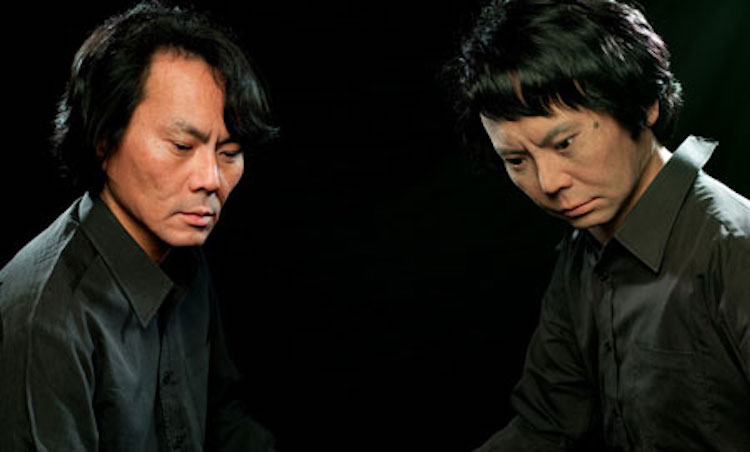
Japanese government to develop common standards for robots in workplaces
The Japanese government is planning to develop common standards for robots in workplaces such as offices, shops and other environments where they would be working with humans, according to the Nikkei Asian Review.
The country’s industry ministry will lead the initiative and will establish a public-private partnership under the working name Robot Revolution & Industrial IoT Initiative, according to the Nikkei Asian Review.
The group will define common telecommunications standards as well as produce guidelines on creating object shapes that are easier for robots to grip, pick up, hold, move and so on.
The types of of robots already out on the market include ones that clean floors, others that clean handrails and walls, ones that disinfect, ones that greet customers and can answer questions, ones that can carry bags or other items, and so on so forth.
Trials of the new standards are likely to start as early as next month and large, well-known companies are expected to join the group, including Japan’s largest retailer Aeon, convenience store chain Seven & i Holdings, as well as East Japan Railway, Kewpie, and globally famous names including Panasonic and Mitsubishi.
Nikkei says specifications and standards in Japan “tend to be inconsistent” because each robot is designed according to the customer’s or user’s preference. Numerous proprietary systems are in operation, making interoperability difficult if not impossible.
Japanese prime minister Shinzō Abe is said to be fanatical about robots and is probably behind this latest Robot Revolution & Industrial IoT Initiative.
Speaking at the launch of Japan’s Robot Revolution Initiative Council four years ago, Abe said the founding of the council was a “celebration to mark the start of the robot revolution”. He added: “Robots will dramatically change people’s lives and society.”
Moreover, Japan is wary of China rapid advances in the fields of robotics and artificial intelligence, and may be trying to counter Beijing’s Made in China 2025 project, which seeks to encourage technical and business progress through grants, loans and various other financial incentives.
China, too, has sought to establish technical standards, identifying “sophisticated digital controls” as a critical area, according to Nikkei.
There do exist some communications standards that can be used by robots and other machines on the internet of things. Some of these are widely used in Europe and North America, as well as the rest of the world. They include:
- hypertext markup language (HTML), which is what most websites use;
- transmission control protocol (TCP);
- internet message access protocol (IMAP);
- internet network package exchange (IPX);
- hypertext transfer protocol (HTTP);
- internet protocol (IP);
- post office protocol (POP);
- local area network (LAN);
- sequence packet exchange (SPX); and
- motion pictures expert group (MPEG).
The OPC Foundation’s Open Platform Communications, or OPC, has created a series of interoperability standards for the secure and reliable exchange of data within industrial automation.
Other network protocols specific to industrial automation networks, which use a different kind of Ethernet cable, include:
- ProfiNet;
- ProfiBus;
- Ethernet/IP;
- ModBus;
- Sercos;
- MPI; and
- many more.
In fact, there is a huge number of protocols and standards for data communications in industrial automation, and while we have listed some of the most widely used above, there are numerous proprietary systems which are developed by each company. Two of those companies are Omron and Fanuc, both very large companies in the industrial automation sector.
The intention of the Robot Revolution & Industrial IoT Initiative is to simplify the structure, which Nikkei says will “lead to ead to the development of off-the-shelf robots that can be mass-produced at lower prices”.
The financial news website says this would help robots attain wider penetration in stores and public facilities.
Main picture: Famous robotics researcher Dr Hiroshi Ishiguro, director of the Intelligent Robotics Lab at Osaka University, with a humanoid robot he created. Picture courtesy of JapanSociety.org


